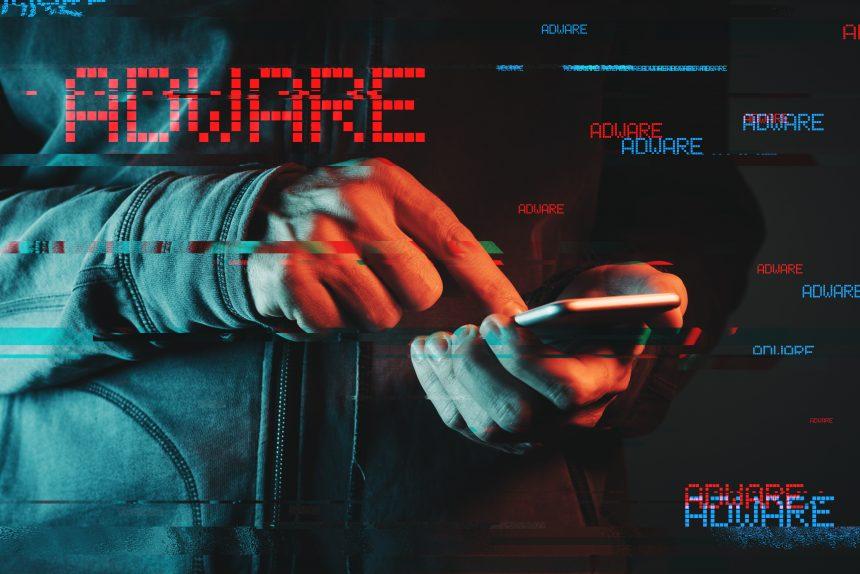In the ever-evolving landscape of cybersecurity threats, users of Mac computers are not exempt from encountering potential risks. One such recent nuisance that has surfaced is Chabadokor, a browser hijacker and adware combo that infiltrates Mac systems, causing unwanted ads, automatic page redirects, and alterations to browser settings. While Chabadokor is not inherently malicious, its activities can expose users to security hazards, making its removal and prevention crucial for maintaining a secure computing environment.
Understanding Chabadokor
Chabadokor is classified as adware and a browser hijacker, designed to flood Mac browsers with irritating advertisements and redirect users to various web locations. Mac users may notice unauthorized changes to their browser settings, such as alterations to the search engine, toolbar buttons, homepage, or new tab address. While not a virus in the traditional sense, Chabadokor’s presence can lead to encounters with security threats, including ransomware, trojans, spyware, and phishing attacks.
The primary goal of Chabadokor is to serve as a conduit for promotional messages within browser tabs, generating revenue for its developers through ad-heavy sites. Users might experience a barrage of unwanted ads and automatic redirects to potentially unsafe websites, putting their system security at risk. The consequences of prolonged exposure to Chabadokor may include encounters with malicious content and potential compromise of sensitive information.
Chabadokor is often identified as adware or a browser hijacker by cybersecurity tools. Some common detection names associated with Chabadokor include Adware.Chabadokor, BrowserHijacker.Chabadokor, and potentially unwanted program (PUP) classifications. Similar threats in the adware and browser hijacker category include SearchPageInjector, SearchMine, and Bing Redirect Virus.
Removal Guide
Manual removal of Chabadokor can be challenging, but it is essential for a clean and secure system. Follow these detailed steps to eradicate Chabadokor from your Mac:
- Identify Suspicious Applications:
- Go to the Applications folder.
- Look for any unfamiliar or suspicious applications.
- If found, drag them to the Trash.
- Check Browser Extensions:
- Open your browsers (Safari, Chrome, Firefox).
- Remove any suspicious extensions or plugins.
- Reset Browser Settings:
- In Safari, go to Preferences > Advanced > Reset.
- In Chrome, go to Settings > Advanced > Reset settings.
- In Firefox, go to Help > Troubleshooting Information > Refresh Firefox.
- Delete Browser Profiles:
- Navigate to Library > Application Support > [Browser Name].
- Delete any suspicious profiles.
- Clear Browser Cache: In each browser, clear the cache to remove any residual data.
- Search and Delete Remaining Files: Use Finder to search for and delete files related to Chabadokor.
- Empty Trash: Ensure all Chabadokor-related files are removed by emptying the Trash.
Preventing Future Infections
Preventing future infections involves adopting best practices for cybersecurity:
- Regular Software Updates: Keep your operating system and applications up-to-date to patch potential vulnerabilities.
- Caution with Downloads: Only download software from trusted sources.
- Be Wary of Email Attachments: Avoid opening email attachments from unknown or suspicious sources.
- Use Reputable Browsers: Stick to well-known browsers and keep them updated.
- Educate Yourself: Stay informed about common cybersecurity threats and tactics.
Conclusion
Chabadokor may not be a virus, but its presence can open the door to security risks for Mac users. By understanding its actions, consequences, and employing the provided removal guide and prevention tips, users can safeguard their systems from this and similar threats. Remain vigilant and proactive in maintaining a secure computing environment.





